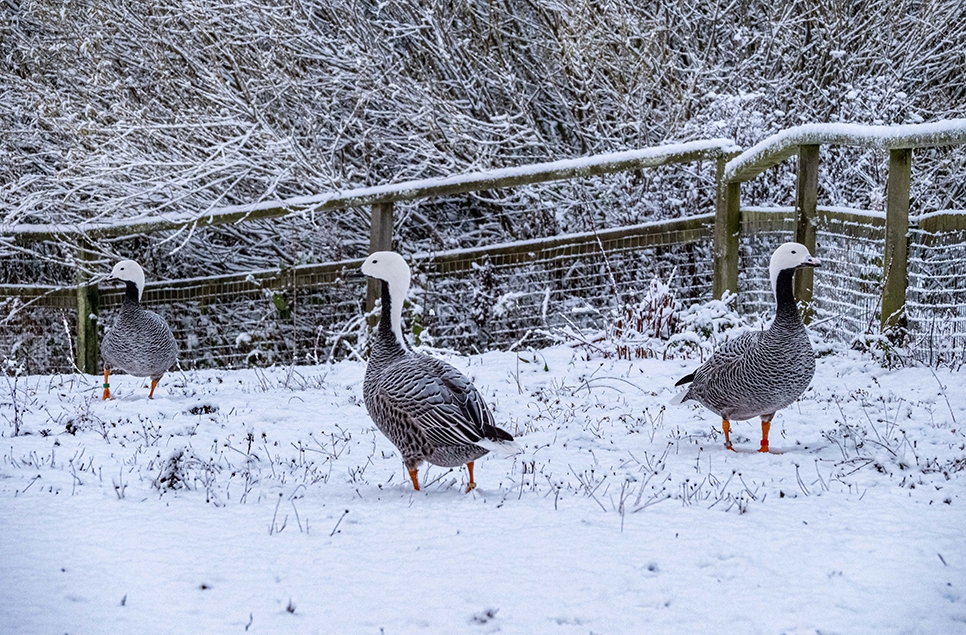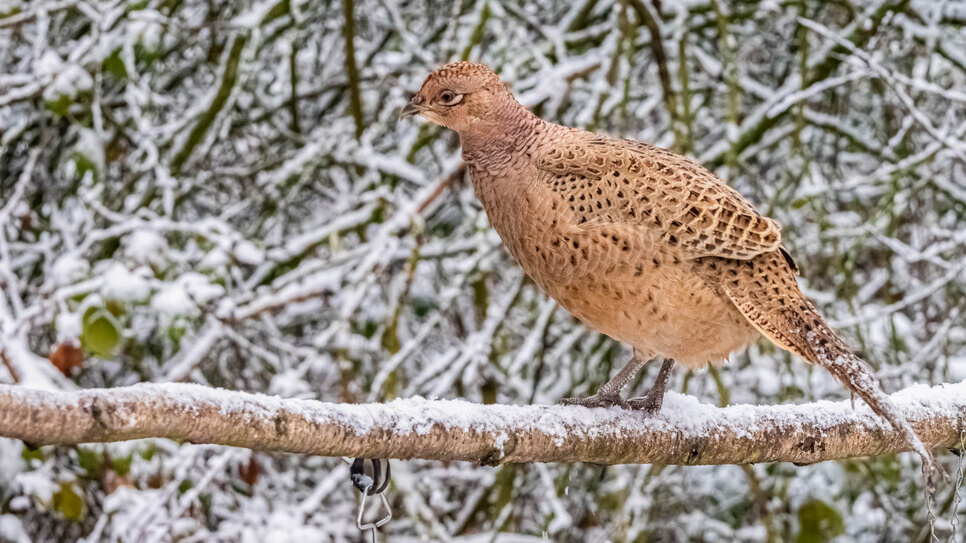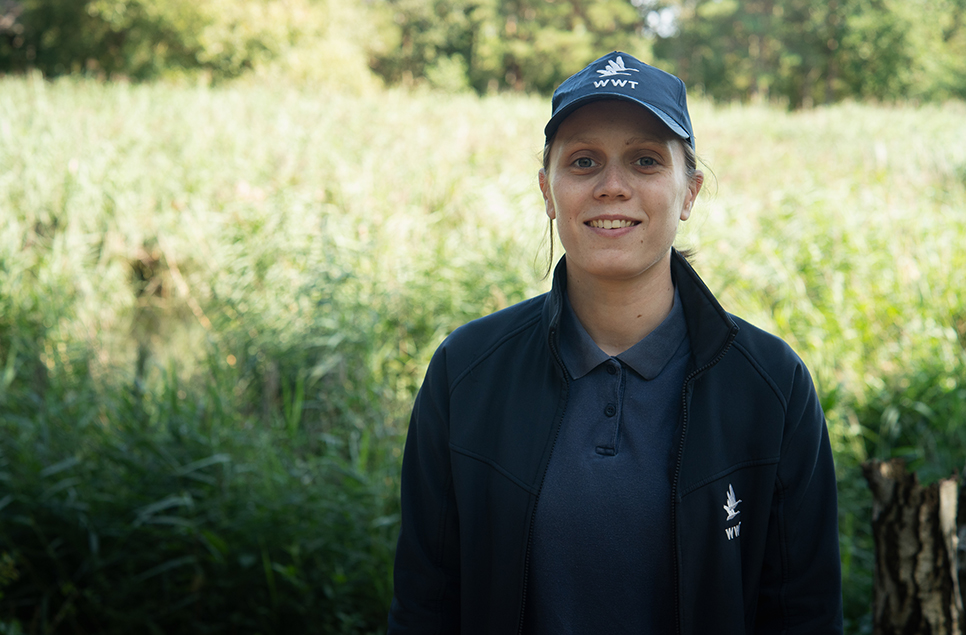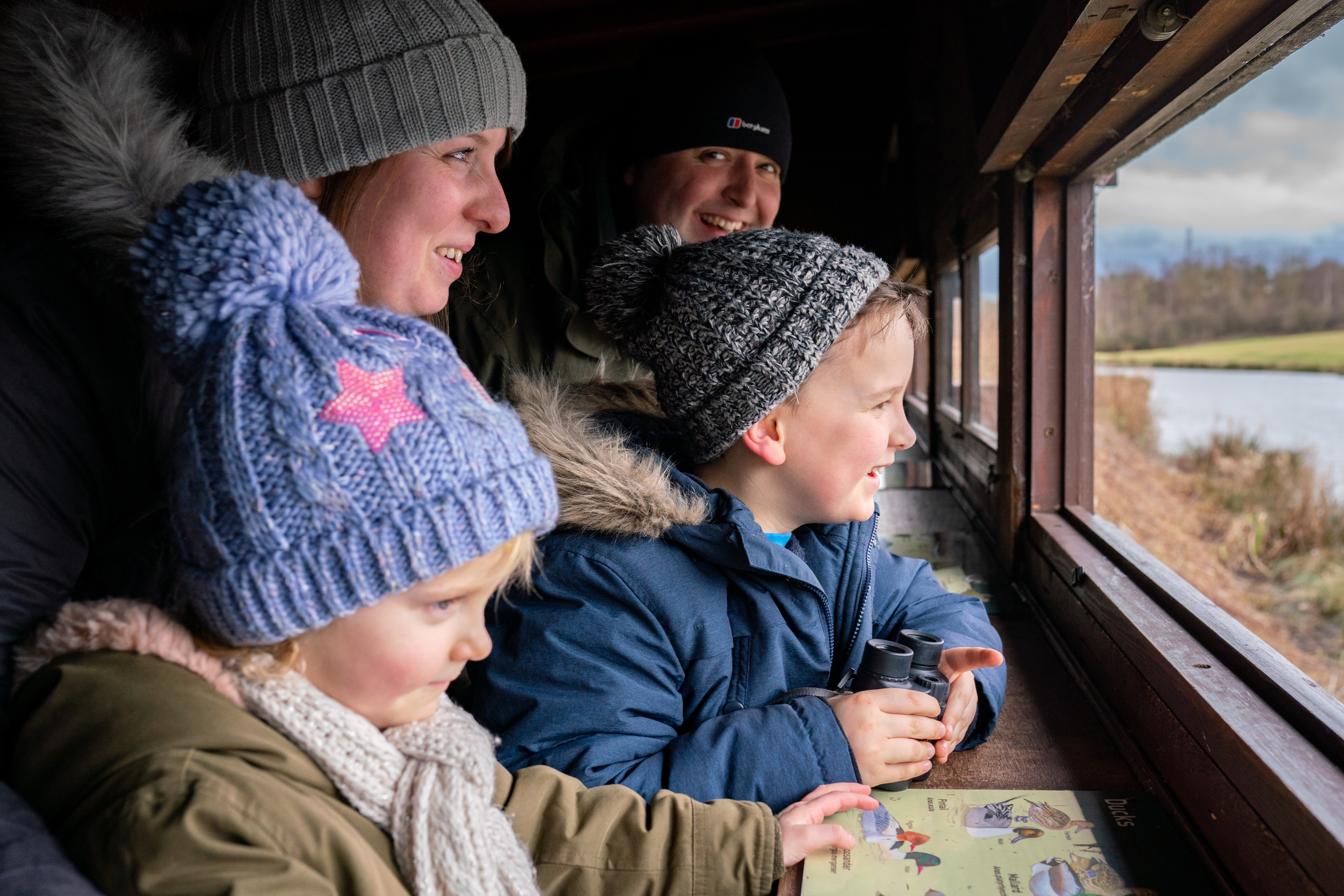Flowers galore at our wonderful wetlands
Sunshine and rain means blooming great plant life!
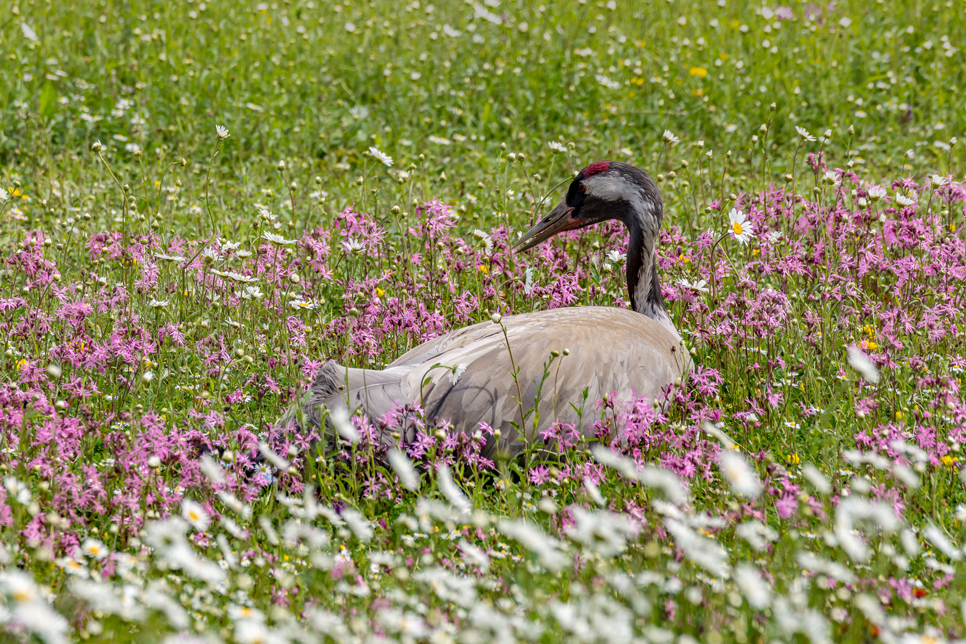
A bit of sunshine and a lot of rain means the plant life around our wetlands has completely come to life!
There are thousands of flowering plants to keep an eye out for over the coming weeks, with some spectacular blooms to admire. Many last all summer, while some last only a few weeks. Here's some of our favourites to look for:
Northern marsh orchid
These beautiful orchids are a regular find around our wetlands, but they are plentiful this year! See them standing tall with their vibrant purple-pink flowers among other wildflowers.
Where to see: In abundance around Top Meadow, Forgotten Meadow and in small pockets in various other spots.
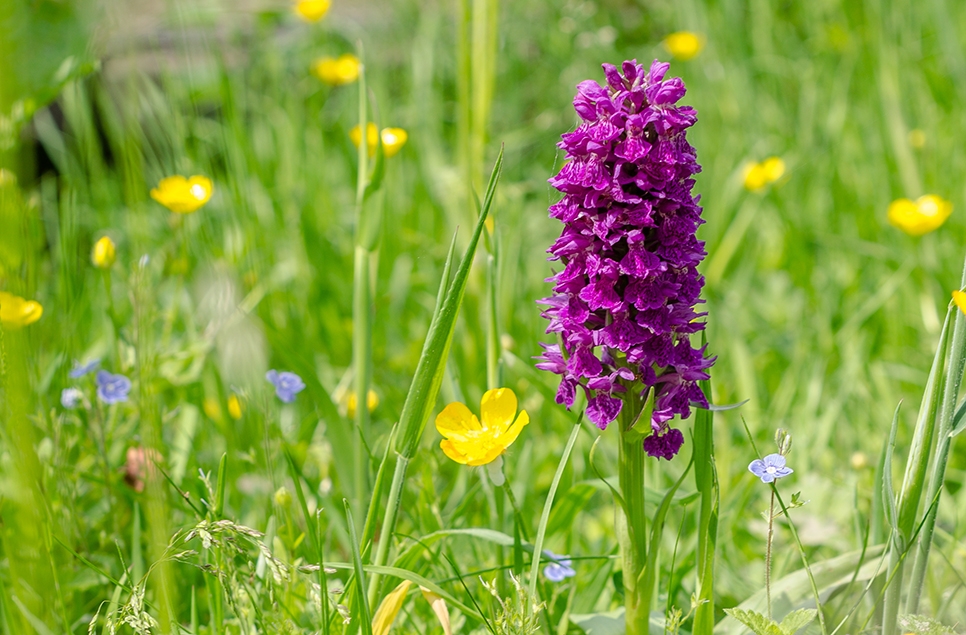
Bee orchid
These magnificant plants are incredibly intricate and small. They are very clever mimics in that they resemble a female bee - males are enticed to mate and instead leave having pollinated the plant. The particular bee that it mimics isn't from the UK and so this plant has become self-pollinating!
Where to see: A less common find in the north east so one to keep an eye out for in grassy areas.
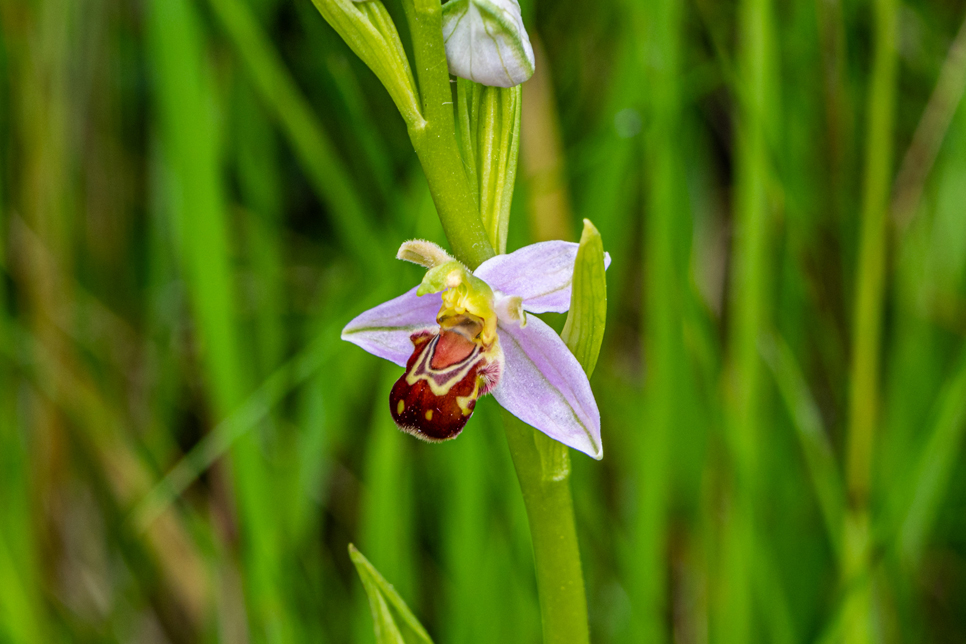
Yellow flag iris
Standing tall with bright yellow flowers, the yellow flag iris or simply 'flag iris' is fairly common throughout the UK. The petals have a distinct 'droop' to them making them easily recognised.
Where to see: Look out around ponds, wet woodlands and long waterways. They're nice and vibrant in lots of places around site including forgotten meadow (opposite Hawthorn Hide) and our Working Wetland Garden.
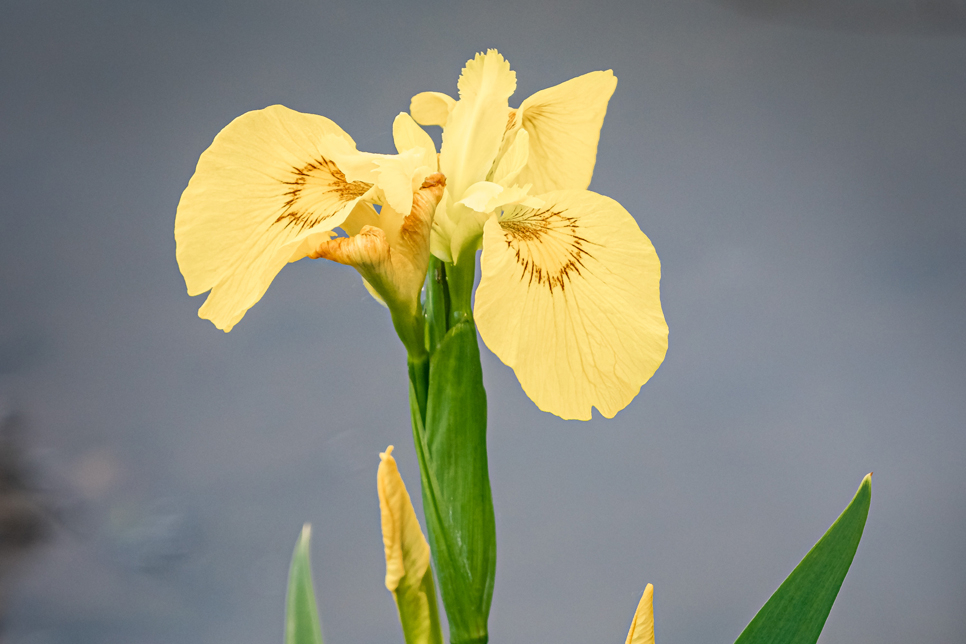
Oxeye daisy
One of the first flowers you will see when you arrive at Washington Wetland Centre is the sea of fabulous oxeye daisies that carpet our stream channel. These large bright daisy-like flowers are very easy to identify and are a common sight from May to September. Another name for them is 'moon daisy' as they are so vibrant they appear to glow at dusk!
Where to see: Most grasslands and meadows, they are incredibly vibrant in our stream channel.
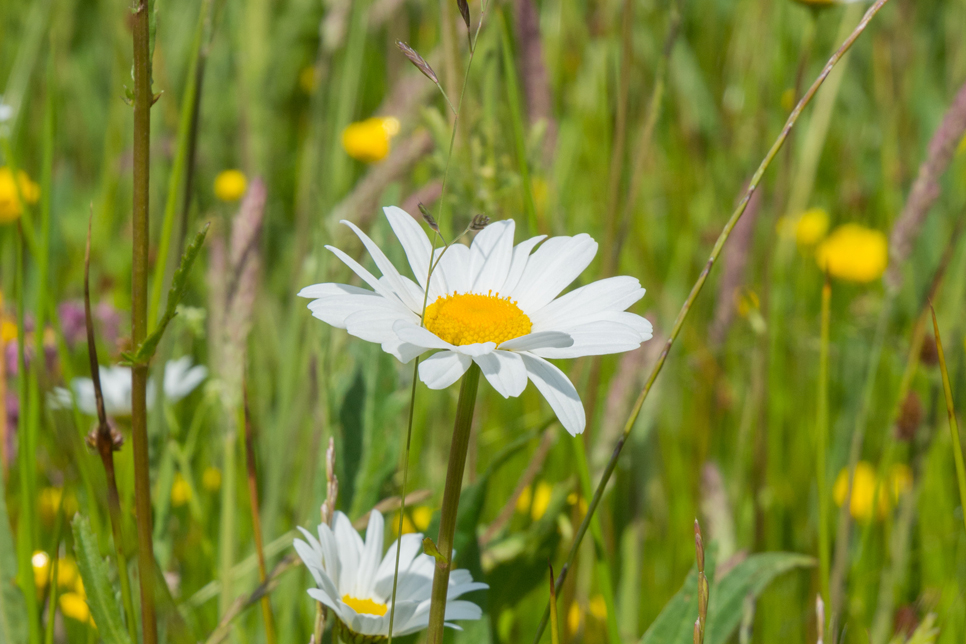
Bogbean
Coming to the end of their seasonal bloom, bogbean are a very detailed and intricate flowering plant. They get their name from their leaves which are shaped like broad beans! Their star-shaped spikey-looking bright white flowers bring ponds to life.
Where to see: Found in shallow ponds, bogs and marshes. There can be some often seen at our dragonfly ponds.
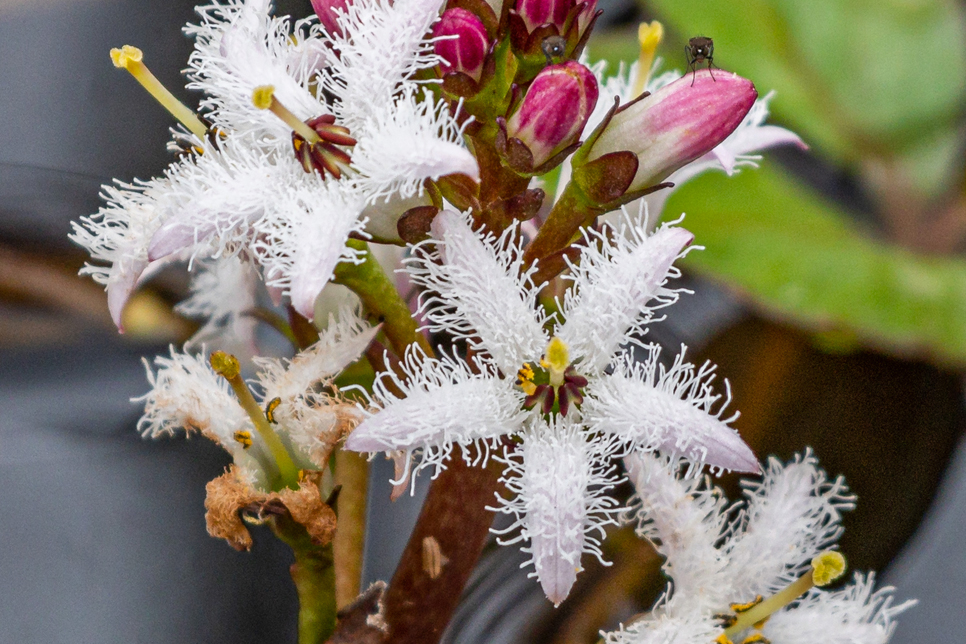
Field scabious
Rich in nectar and popular with many pollinators, field scabious has very long 'hairy' stems with small and graceful lilac flowers. Each flower head has many florets and attract lots of bees, butterflies and pretty much any other pollinator, if you stand for long enough you're sure to see something pay them a visit!
Where to see: Thrives on grassy verges, meadows and well-drained hedgerows. Lots alongside the oxeye daisies on our stream channel.
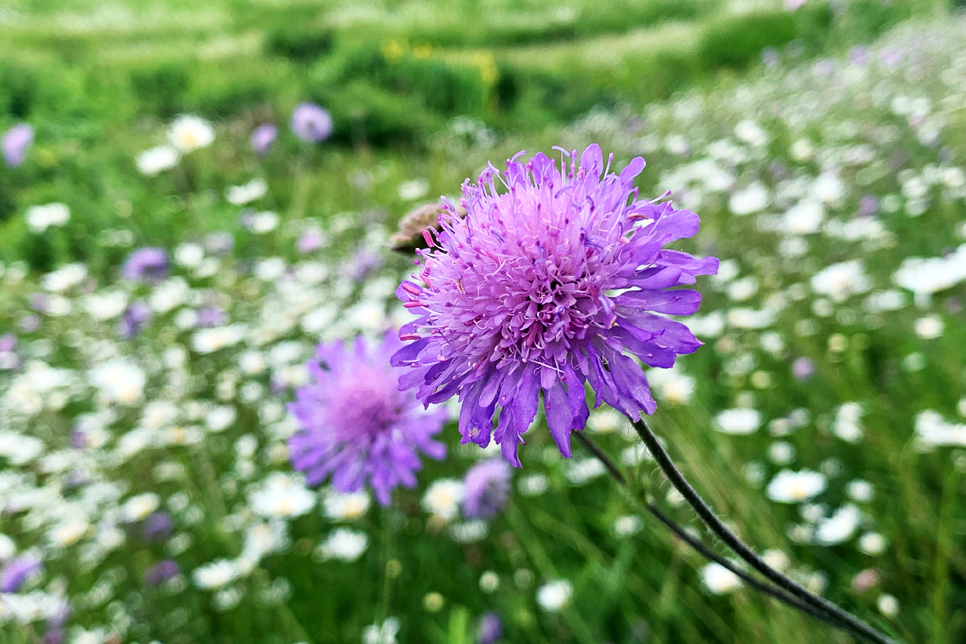
Red campion
Another favourite with lots of woodland insects and even a selection of moth species, red campion is an ancient woodland indicator often seen from May to September time. Male and female flowers grow on seperate plants. It has lots of links to mythology said to be bad luck to pick!
Where to see: Lightly shaded areas of woodlands. Spring Gill and our insect garden are great places to see this flower!
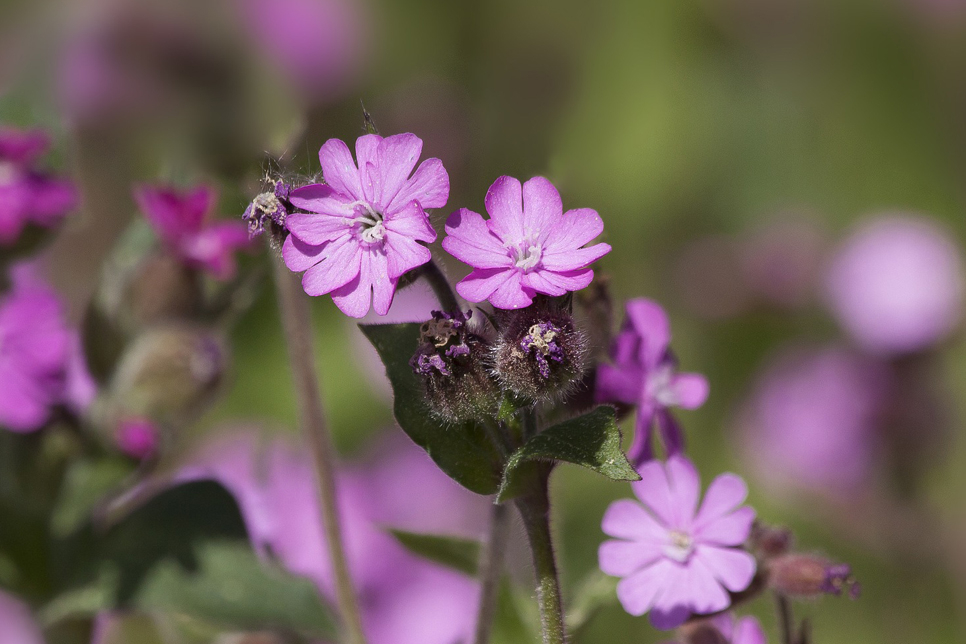
Ready to visit?
If you've been inspired to explore Washington Wetland Centre, find out more and plan your visit online.
Plan your visit